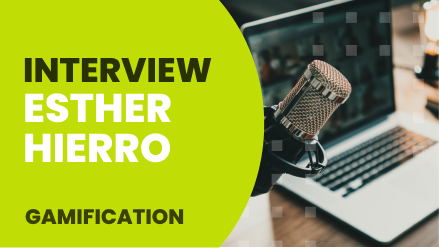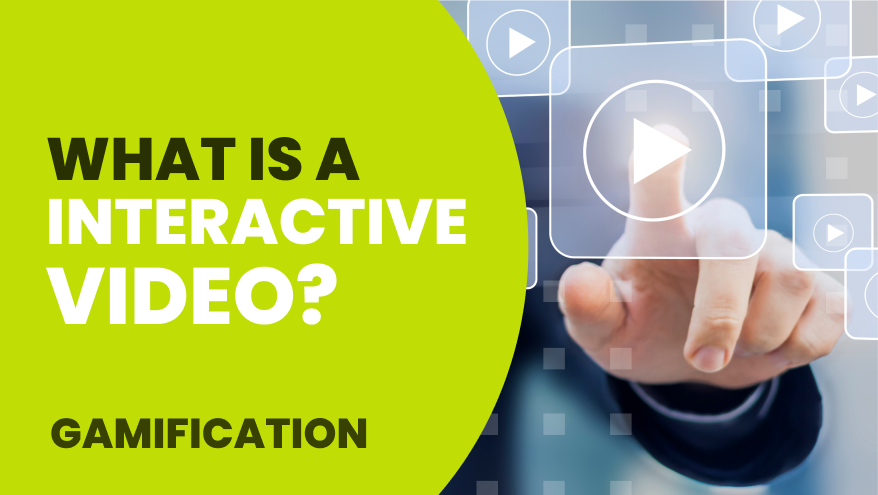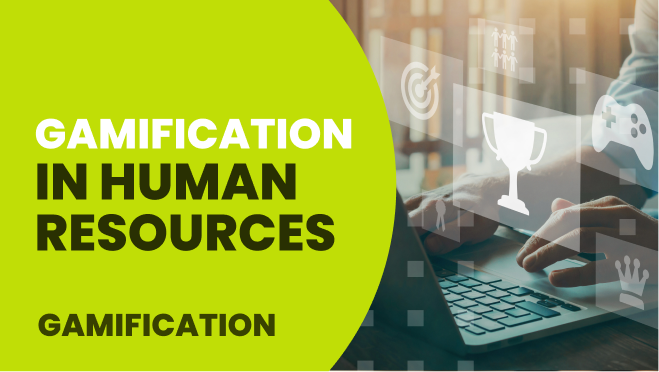Gamification is currently a trending topic, but do you know what it implies and how the business world can benefit from it? Esther Hierro, gamification expert and CEO at Marinva has been transforming people and organizations through games over more than 26 years. Esther fosters change through innovation and she explains it to us, but she also tells us about the gamification project by 3ipunt and Marinva for Ágora Sanitaria.
How would you explain the concept of gamification?
It is a learning technique that transfers the mechanics of games to the educational-professional environment in order to achieve better results, in other words, we look for those elements that make games attractive and take them to non-game environments, such as, exams, training processes, etc.
Which are the main goals of gamification when applying gamification in a learning environment?
When you want to gamify some kind of task or activity, it usually has one main objective: to motivate the person to do that activity.
The game has two great magic tricks that makes the goal fulfilled:
- It allows us to sustain the effort for a longer period of time.
- It allows and celebrates errors; when people play games they know that they will make mistakes.
These two aspects make the person want to continue learning, to know more about the company and to be interested in learning. Because you are motivated, you can make mistakes, you make an effort and you enjoy this effort/error.
Gamification goes beyond ranking and points; if it is used wisely the game techniques have a lot of potential.
In addition, gamification puts you as a main character, you are participating, it makes learning meaningful. Without emotion there is no learning and game is emotion.
What is the acceptance of this type of initiative in the business world?
Since 2010, gamification has significantly grown, so the game is in a better position. Although it has taken years for companies to believe in gamification, they have now reached a point of maturity that makes it clear to many organizations that training or communication has to be through something playful, since they are running out of ways to generate bonds and attention.
What are the considerations to be taken into account before choosing this type of model in companies?
The goals and indicators must be very clear, meaning, ask yourself what is expected from gamification and what will gamification offer that cannot be achieved in any other way. It is important that gamification has to make sense and provide an added value.
Now that you have introduced the concept of gamification and its elements, we would like to talk about Marinva. On your website you define gamification as part of people’s DNA, do you think it is the best way to learn?
The game is the main activity during childhood, it is the way that humans have to learn and discover the world. Our way of being in the world is with curiosity and taking situations as challenges.
What is the Play Thinking methodology and how do you use it?
We have been advocates of the playful attitude. This attitude is an attitude towards life, it has to do with living in the present, accepting mistakes and transcending them, embracing uncertainty, approaching situations as challenges and enjoying the moment.
From the playful attitude we move on to playful thinking, in other words, what mechanisms we activate in our brain so that a situation such as a working day can be experienced as if it were a game. Activating playful thinking is done through 6 aspects:
- Context: When you play you have a context and within this context there is a purpose. The first thing to do to activate playful thinking is to think about the context and the purpose of the environment you are in (university, work…).
- Know what your character can and cannot do: do you know yourself, your limitations and capabilities?
- Get to know others: Understand how they interact in context to know how they can influence you.
- Approach situations as challenges.
- Manage complexity: playful thinking makes the person able to manage any complexity in a real situation.
- Enjoyable environments: when people play, they create environments worth being in. Engaging environments are created to deal with difficult problems or situations.
Finally, 3ipunt and Marina have joined forces to carry out a project for Ágora Sanitaria. What was the challenge to this partnership?
We have always been excited to work with 3ipunt for two reasons:
- Pau (CEO and co-founder of 3ipunt) always had this playful attitude of listening to the needs and subsequently, thinking how technologically it can be made. 3ipunt is a very solvent company in the technological field.
- 3ipunt and Marinva are convinced that with good training content, good sequences and good training didactics, you can add gamification and you have a very powerful combo to make people prefer our courses to standard ones, like for example the classic PDF or test.
The idea is to see how the power of gamification can be transferred to the type of training proposal offered by 3ipunt and Marinva. We take training processes to socialization, customizing the learning path… Everything we do to design games is taken into account when designing training.
What are the benefits of implementing gamification in Ágora Sanitaria?
We will achieve a better performance, which means that people will learn better, learn more and above all remember it, since we generate emotion. The emotion makes you remember the content and the training experience. The idea is that this emotion makes people want to take the course and remember it!
Now that you know more about gamification and the benefits of implementing it in the training process, from 3ipunt we can help you to make it possible. Do not hesitate to write us at contacte@tresipunt.com!




